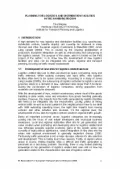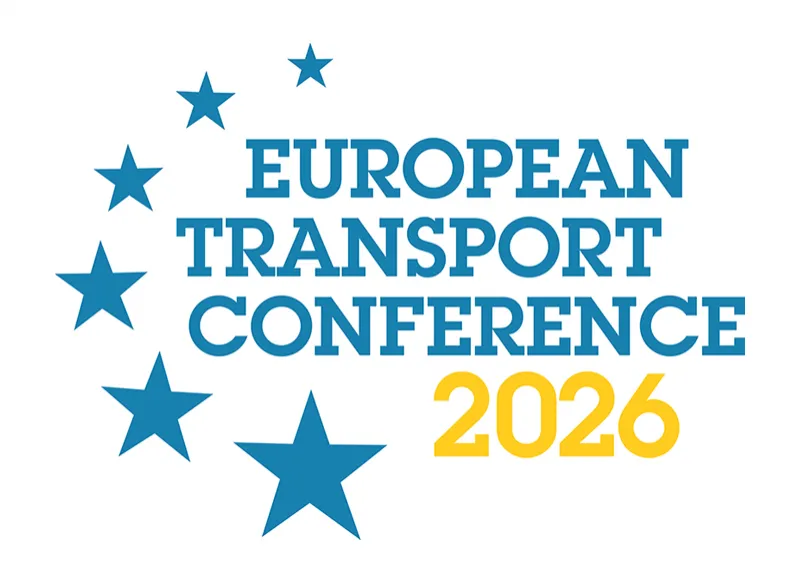-
Past ETC Papers

Browse, search and view papers from the past AET Conferences.
-
Members' Area

AET promotes networking and exchange of ideas, information and opportunities amongst members.
Conference Papers 2008
Noordwijkerhout, Netherlands
ETC Conference Papers 2008
Planning for logistics and distribution facilities in the Hamburg Region
Seminar
Day 1 (6 Oct 2008), Planning for Sustainable Land Use & Transport, Planning for Growth: exploring the consequences, 11:00 - 13:00
Status
Accepted, documents submitted
Authors
T Wagner, Hamburg University of Technology, Institute for Transport Planning and Logistics, DE
Short abstract
The region of Hamburg is facing a high demand for new logistics and distribution facilities. This requires integrated planning. Based on traffic counts and company surveys, a method for assessing and comparing development sites was developed.
Abstract
Currently, a high demand for new logistics and distribution facilities can be observed. Especially regions with an international transport gateway like an airport or a seaport are facing logistics related land consumption and expect further growth rates of freight traffic. For example, container turnover in Hamburg harbour is expected to double up to the year 2015. In the same time, there is an estimated demand for logistics and distribution facilities of 40 ha per year in the region of Hamburg. Some of these facilities will be directly related to the harbour, others will primarily serve goods distribution to the urban area.
In growing regions like Hamburg, land availability is limited and potential land use conflicts are high. As a consequence, hinterland communities more willing to accept the development of logistics areas are competing for companies, resulting in uncoordinated and traffic intensive growth in hinterland areas. This form of development leads to further sprawl and complicates traffic and space efficiencies.
The purpose of the paper is to show how the development of new logistics facilities and areas can be integrated into urban, regional and transport planning. The study is based on empirical analyses of the logistics sector and on different development scenarios for new areas dedicated to logistics land use in the Hamburg region.
First of all, more information on space-consumption and traffic generation of logistics facilities (i.e. warehouses, distribution centres, truck depots, container storage) is needed. Besides noise and emissions, these factors highly determine how compatible these facilities are with other forms of land use, particularly housing. They also define the infrastructure demand. However, there is very limited literature on characteristics and size of logistics facilities and on how to estimate their trip generation.
This paper presents selected results of two surveys recently conducted in the Hamburg region. A company survey was carried out in order to observe what services logistics companies offer, what patterns of land use and operating times they show, how many truck trips they generate, and how the trips are performed (mode, time of the day, etc.). The second was a traffic count within two areas with a concentration of logistics companies. As a result of these surveys, general trip generation rates could be calculated and different types of logistics land use could be identified and described.
The results of this empirical work make it possible to better integrate new areas dedicated to logistics facilities into urban, regional and transport planning processes. Using the region of Hamburg as a case study, two questions will be discussed:
- How much traffic is generated by new logistics areas?
- Can a strategic location of areas and functions reduce traffic and or the impact on the urban environment?
In order to answer these questions, an assessment method for the location of new logistics areas is presented.
The presentation will include the relevant results of the empirical work and the assessment of the development of potential logistics areas for the case study Hamburg. The results contribute to addressing the challenge of integrating growing demand for logistics areas into urban, regional and transport planning.
Documents:

Association For
European Transport
Forester House
Doctors Lane
Henley-in-Arden
Warwickshire, UK
B95 5AW
+44 (0) 15 64 793552
VAT number: 710 1866 64
Conference Supporters & Endorsers




Legal Entity
The Association for European Transport is registered as an Association ('vereniging') with the Chamber of Commerce for Haaglanden in The Netherlands under company number 27170096.
Built on Zenario




